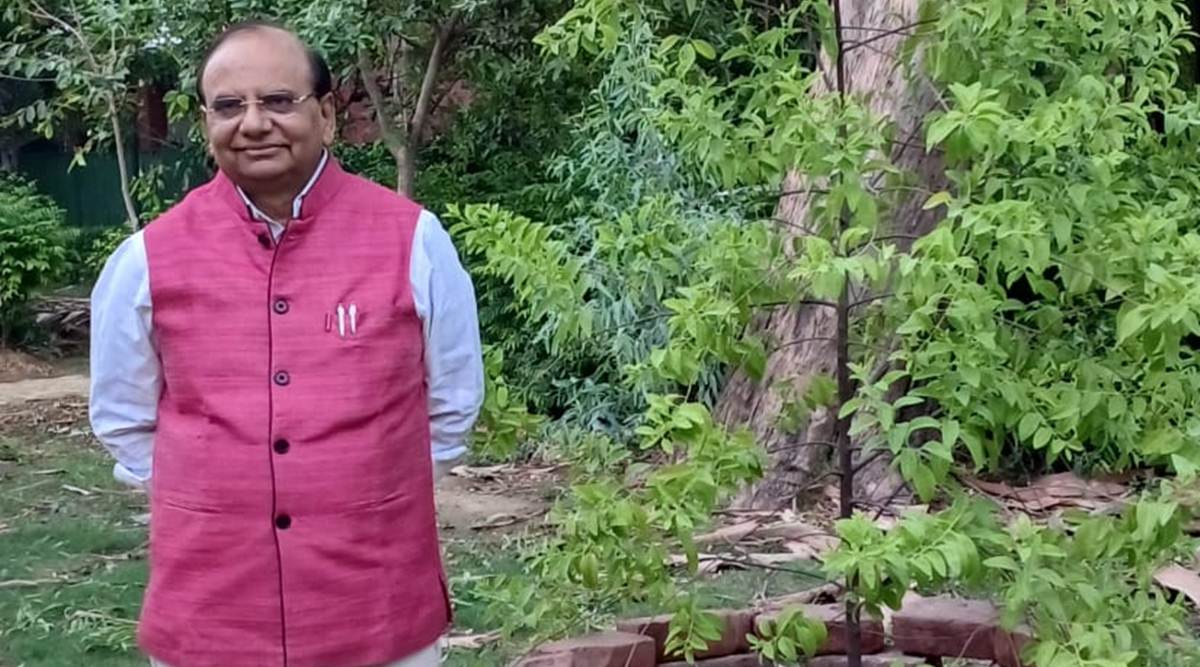 The initiative comes after the L-G set a target to plant 10,000 such trees
The initiative comes after the L-G set a target to plant 10,000 such trees Following directions of Delhi Lieutenant Governor Vinai Kumar Saxena, the New Delhi Municipal Council (NDMC) plans to plant around 1,000 red and white sandalwood (chandan) trees across New Delhi and Lutyens’ areas.
According to officials, the initiative comes after the L-G set a target to plant 10,000 such trees across the national capital.
“There are two varieties of chandan trees. The red sandalwood has the value of timber and is largely used for furniture. While the white sandalwood has cosmetic and medicinal values. Sandalwood is used for making oil, soap and face packs, and for aromatherapy, and it has been largely known for its fragrance for decades. So, we have decided to purchase 500 of each variety for the New Delhi area,” said S Chellaiah, director (Horticulture), NDMC.
Officials said the sandalwood trees will be planted in secured areas and parks such as Nehru Park, Lodhi Garden, Sanjay Jheel, and Talkatora Stadium, among other campuses and institutions. “The trees will be planted in an adjacent pattern. Both are costly plants and need great care. Sometimes, people pluck them and when they are fully grown, there is also a chance of smuggling cases because of their high value,” said an official.
Subscriber Only Stories
The NDMC also plans to geo-tag the trees with QR codes and install information boards along the trees through which the public can scan and read about their benefits. “Trees will also be installed in schools so students can learn about them. This will generate botanical interest among students,” said Chellaiah.
Asked about challenges, the official said, “There are setbacks especially due to Delhi’s climate condition, but it can be dealt with proper tending of trees.”
The cost of one sandalwood sapling is around Rs 350 and the estimated cost of 1,000 trees is Rs 3.5 lakh. Tenders have been floated for procurement of chandan trees, and the plantation will begin by September. Officials added that they have a target to plant 2,500 trees eventually.
A horticulture expert, on condition of anonymity, said, “It will be a massive challenge for the NDMC and depends on how they will take care of it because sandalwood trees are not suitable for Delhi’s climate, which is arid. You cannot compare Delhi’s climatic conditions to the development seen in tropical regions like Tamil Nadu, Kerala, Andhra Pradesh, etc.”
He added, “Also, these trees shouldn’t be planted in September as weather changes and winter arrives along with dry weather, so there are high chances of mortality. Apart from climate, there are many challenges including terminal infection and soil erosion.”
Ecological restoration practitioner Pradeep Krishen had similar reservations. “Sandalwood trees are not native to Delhi; these are grown in parasitic environments and ridge areas; and are unfit for dry conditions as they are grown in tropical regions. These trees are not advisable for Delhi, and if they go on with it, the trees will not survive. It is a complete waste of money.”
- The Indian Express website has been rated GREEN for its credibility and trustworthiness by Newsguard, a global service that rates news sources for their journalistic standards.

